Lettuce has become more than an afterthought in a side salad. Now, most supermarkets carry a dozen or so different kinds of lettuce and greens, offering a variety of flavors and opportunities to make lettuce new, different and exciting. Here are some of our standbys, our new favorites and a few greens that we like to use occasionally in place of lettuce. What are your favorite lettuce varieties? Let us know in the comments below.
Learn more about How to Clean and Store Lettuce.
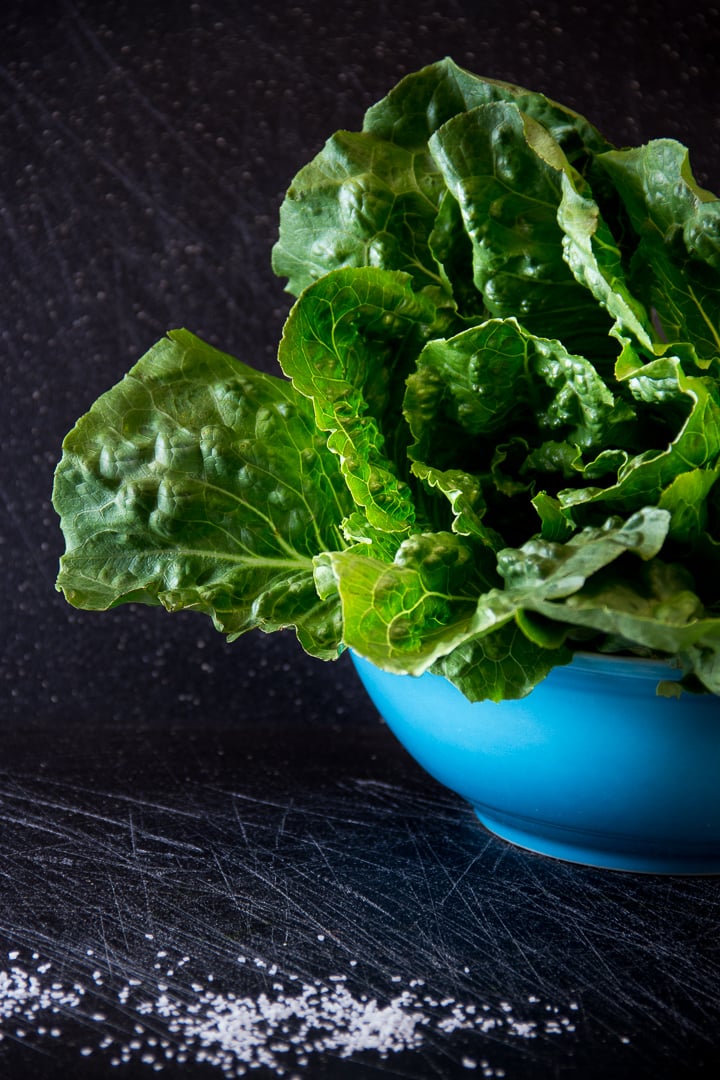
Romaine
Romaine has hardy tall leaves with a crisp and thick white center. This is the lettuce that you commonly see used in Caesar salad. Romaine should be washed and dried before wrapping in a damp paper towel to be stored in an airtight resealable plastic bag.
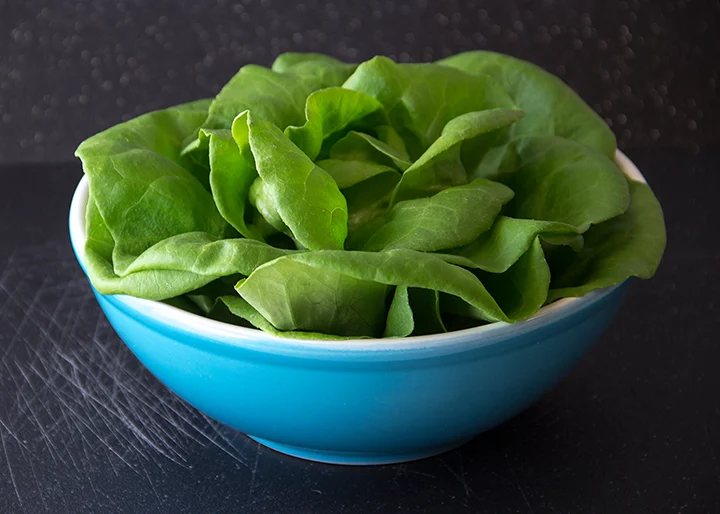
Butterhead
The Butterhead lettuce family includes both Bibb and Boston lettuces, a delicate lettuce with a flowery head. Bibb lettuce is slightly smaller and sweeter than Boston lettuce, and it is usually a bit more expensive. Butterheads have light green leaves that are very soft and loose, so they are often sold in plastic containers that will protect it. Butterheads are great to use in place of bread to hold wraps, pastas or chicken.
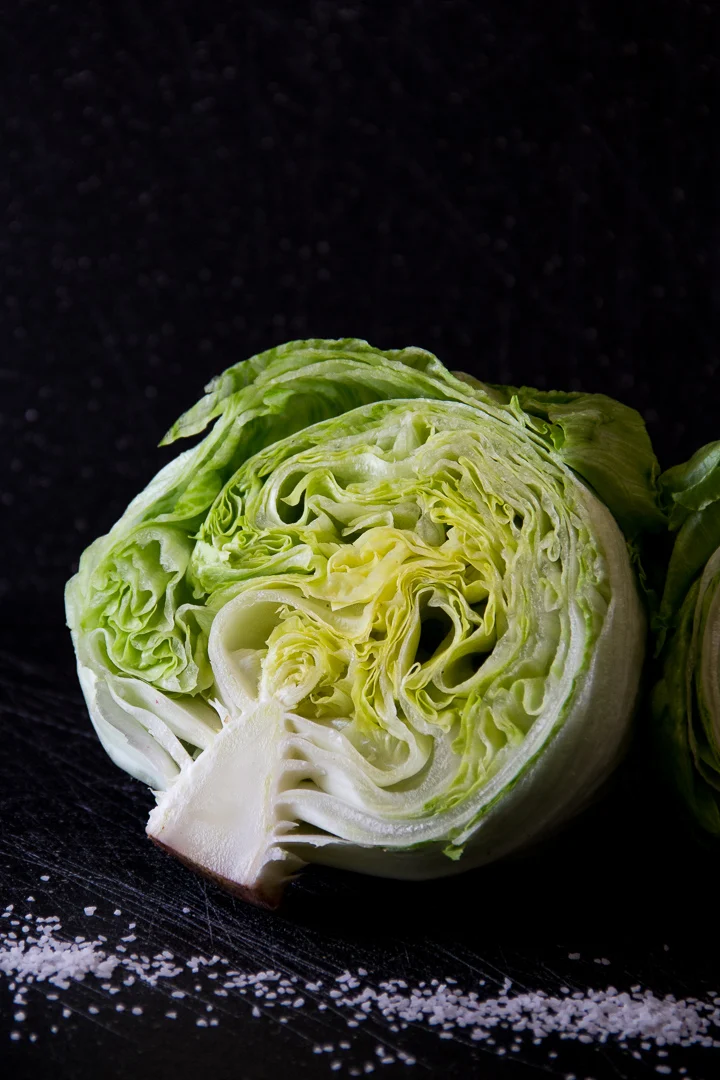
Iceberg
The least expensive lettuce and the best selling of all lettuces is Iceberg. You typically find them wrapped in plastic in your produce aisle. It looks like a head of cabbage and is the heaviest of the lettuces. The leaves are very pale green or almost white and contain a lot of water. This lettuce doesn’t have the nutritional value of other lettuces, but it is relatively high in fiber. Use Iceberg shredded on sandwiches, tacos, salads or subs.
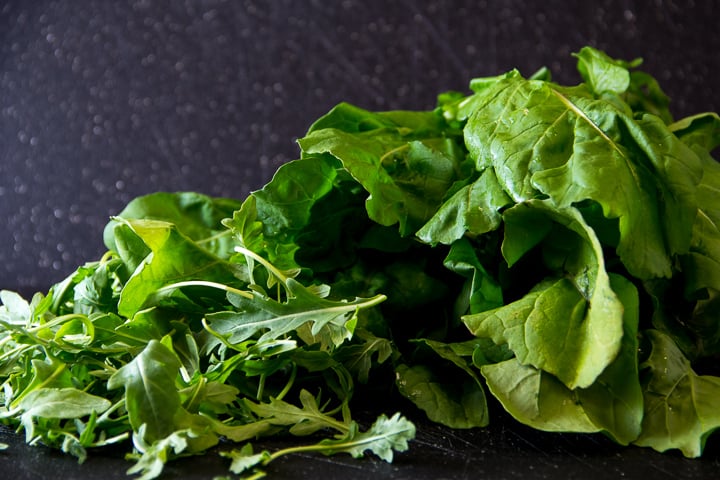
Arugula
This smooth, slightly bitter or spicy bright green leaf is actually from the herb family. Pictured are two varieties of arugula you might see packaged for supermarkets or loose in the greens section. Arugula originated in the Mediterranean, and it is used in Italian recipes. It goes great on top of pizza or in sandwiches and pairs well with strong cheeses like blue or Parmesan.
Chicory
Chicory leaves look similar to dandelion leaves except the leaves are yellow in the center and gradually darken. It is bitter, so it is usually mixed with other greens in salad. Alternatively, you can cook chicory on the stovetop by submerging in boiling water until tender and then adding to other ingredients. It goes great with spicy dishes, so add some crushed red pepper flakes.
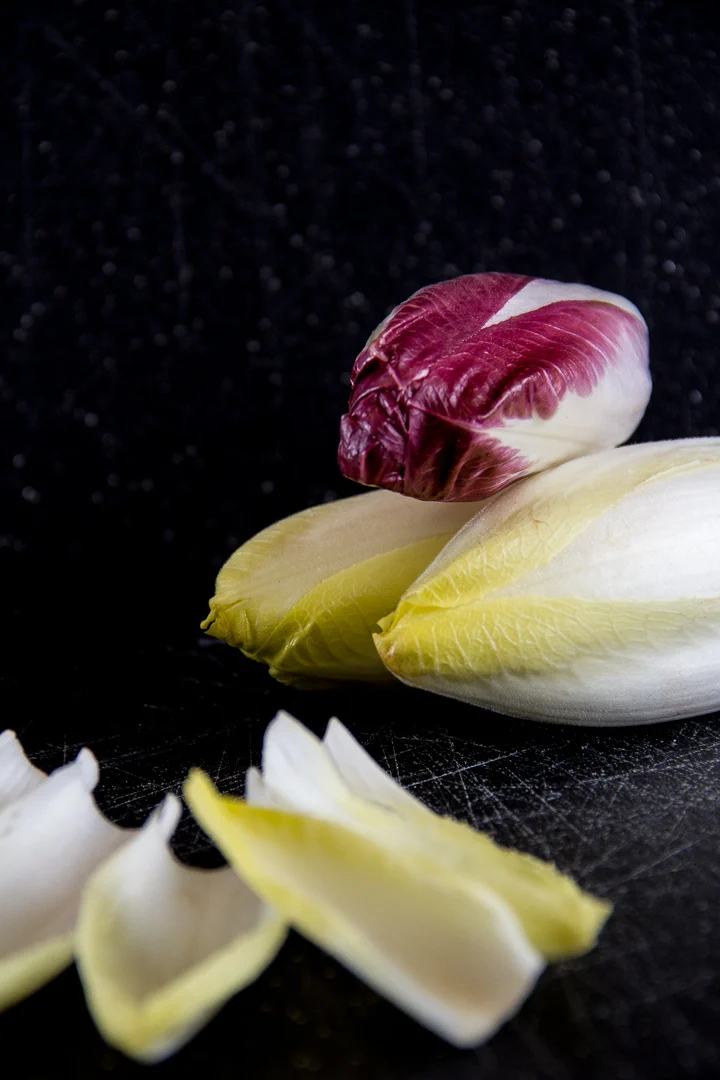
Endive
This cousin to chicory is small and has white leaves with green or red tips packed in tightly from the head of the Endive. The leaves have a crisp bite with a nutty flavor and it is slightly sweet and a little bitter. Endive makes a healthy alternative to chips when scooping dip or can be added to a salad. Other popular methods for cooking endive are to place it on the grill or serve stuffed with blue cheese.
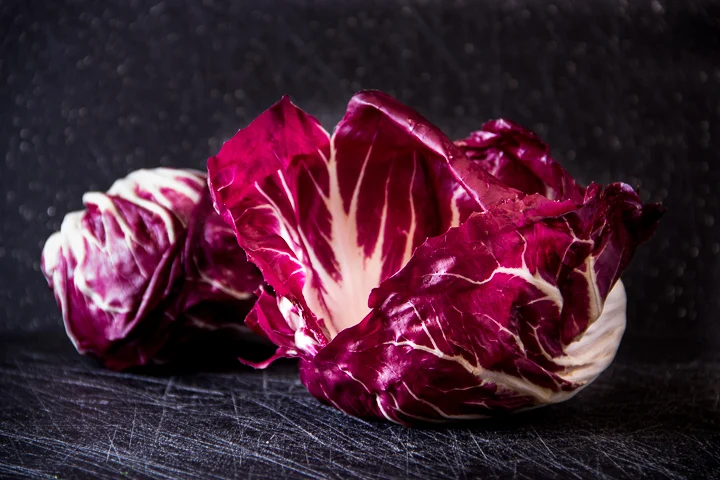
Radicchio
Radicchio is another member of the chicory family. It was a waxy texture and bitter flavor; cooking brings out a nutty taste. It looks similar to cabbage, with red leaves and white veins. Radicchio is usually served raw in salads or grilled and served with a gorgonzola vinaigrette sprinkled with chopped roasted walnuts.
Escarole
Another chicory relative, escarole has a pale green color and flat board leaves. It is less better than the other members or the chicory family and tastes great when sauteed with onions and garlic. It goes great in bean recipes or can be added to soups for extra nutrition and fiber.
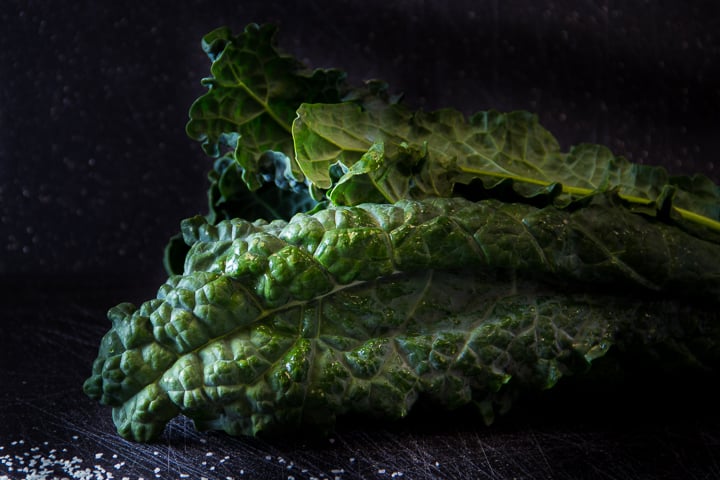
Kale
Kale is in the cabbage family and the leaves can be green or even a beautiful purple. There are many varieties, but all have very hearty leaves that are long and attached to woody stalks. Kale is often used in salads or can be added to soups. Kale chips make a great, healthy snack; break into bite-sized pieces and lightly spray with olive oil and bake at 350°F until crisp and sprinkle with salt.

Mesclun
Mesclun is a mixture of assorted small baby greens. The word “mescla” comes from the South of France and means mixture. These leaves range in colors and textures and their taste varies from bitter to sweet. Serve these baby greens with crumbled blue cheese, sliced strawberries and a light vinaigrette for a refreshing salad.
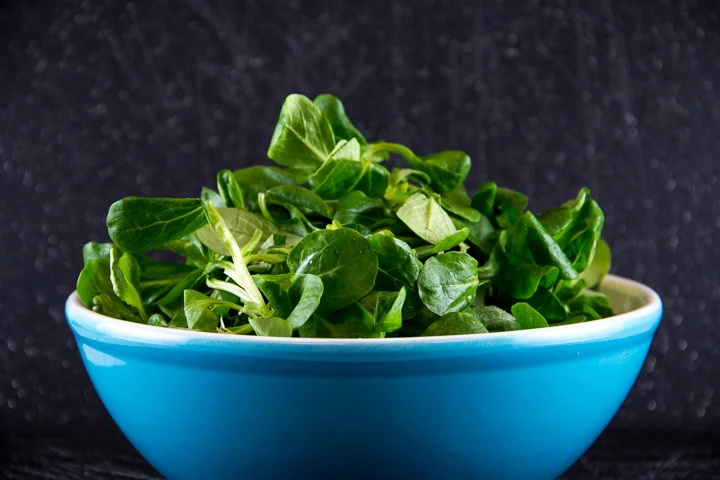
Mache
Mache greens originated in France during the 17th century and are now available in your local grocery stores. These very small, sweet dark greens with a slight nutty flavor are also called “lambs lettuce.” This makes are great salad; top with roasted beets, goat cheese and drizzle with a delicate vinaigrette.


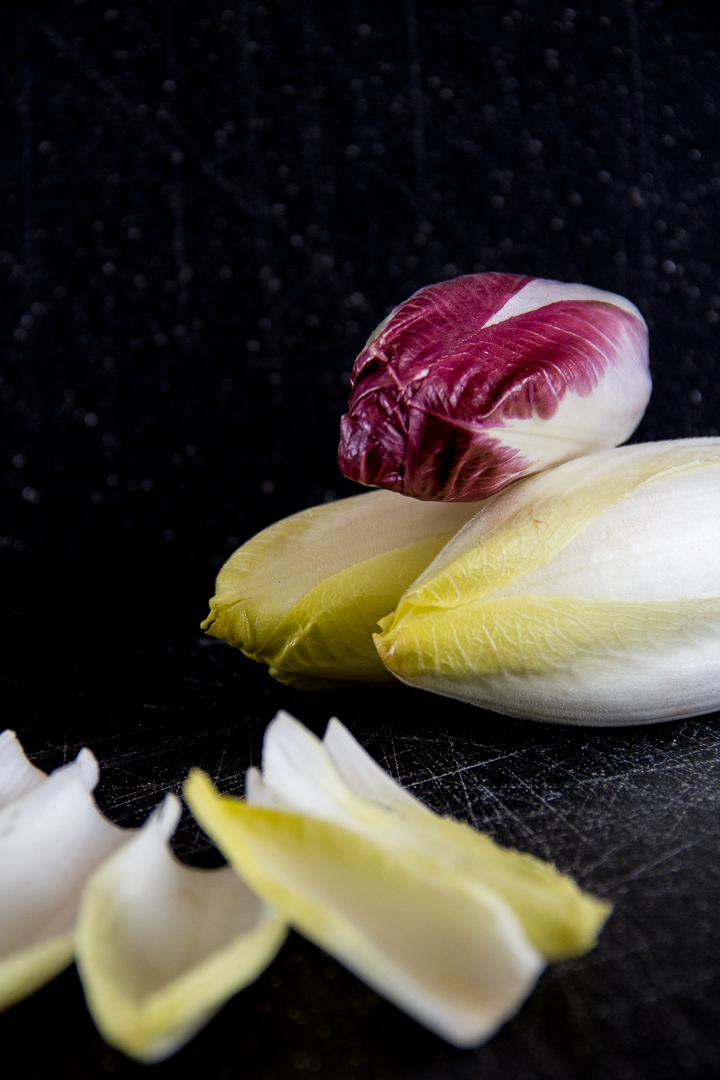
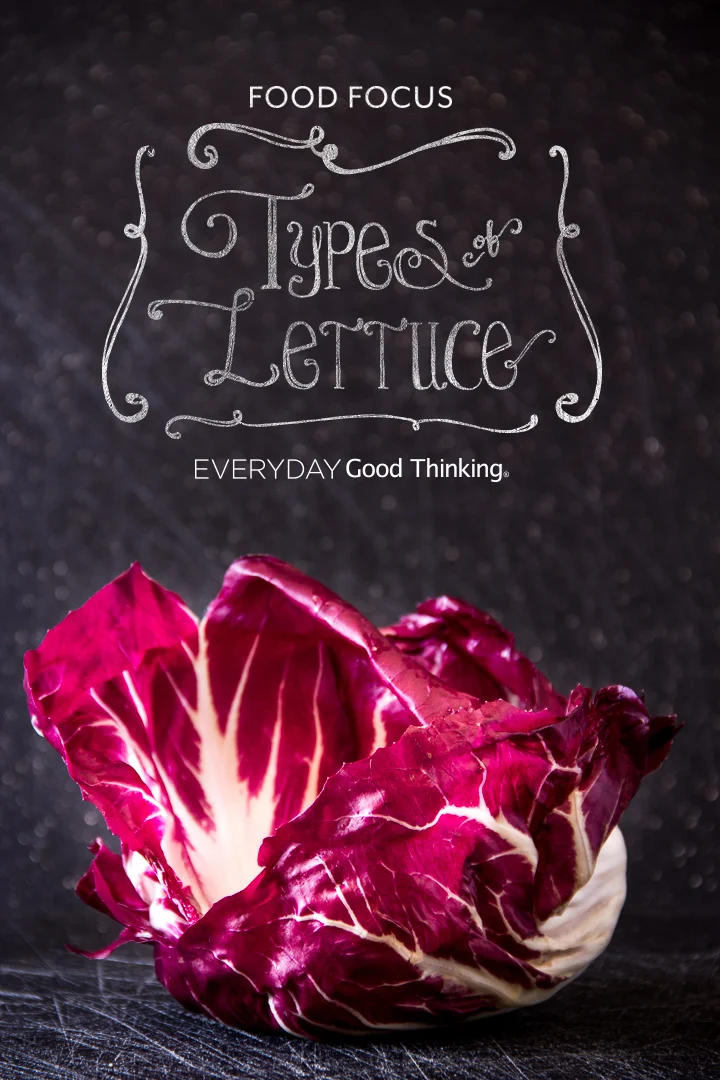
Where I can buy the seeds of lettuces online. I live in Malaysia. Thank you.
Looking for the Stuffed Cabbage recipe found in the booklet found in the Hamilton Beach 6 Quart Crock Pot, Model 417. Family favorite and I’ve misplace the recipe! HELP!!!